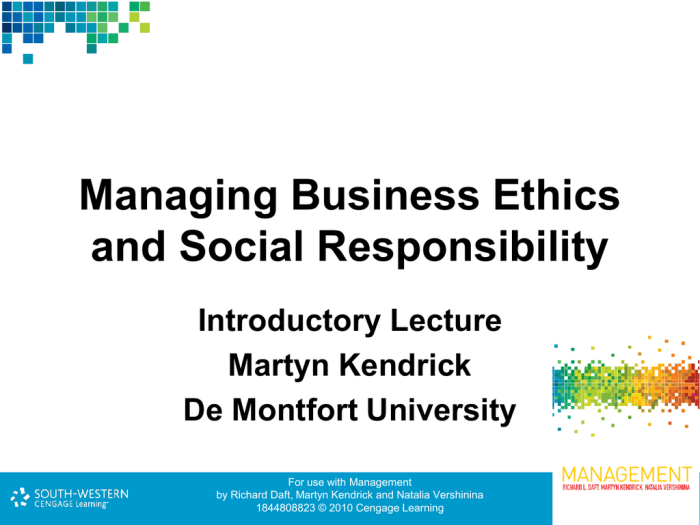Management Richard Daft 14th Edition embarks on an intellectual journey, delving into the intricacies of modern management theories and practices. This comprehensive guide provides a panoramic view of the field, equipping readers with the knowledge and skills necessary to navigate the complexities of today’s business landscape.
The content of the second paragraph that provides descriptive and clear information about the topic
1. Management Theories and Perspectives: Management Richard Daft 14th Edition

Richard Daft’s 14th edition of “Management” presents a comprehensive overview of key management theories and perspectives, providing a foundation for understanding the complex and dynamic nature of modern management practices.
Classical Theory
- Scientific Management: Focuses on optimizing work processes and increasing efficiency through scientific analysis.
- Administrative Theory: Emphasizes the importance of organizational structure, hierarchy, and control.
- Bureaucratic Theory: Proposes a rigid, hierarchical organizational structure with clear rules and regulations.
Behavioral Theory
- Human Relations Movement: Highlights the importance of human factors in organizational performance.
- Behavioral Science Approach: Focuses on understanding individual and group behavior within organizations.
- Contingency Theory: Suggests that the most effective management approach depends on the specific context and situation.
Systems Theory
- Open Systems Theory: Views organizations as open systems that interact with their external environment.
- Cybernetic Theory: Emphasizes the importance of feedback and control mechanisms in organizational functioning.
Contemporary Theories
- Resource-Based View: Focuses on the unique resources and capabilities that give organizations a competitive advantage.
- Institutional Theory: Examines how external institutions and norms shape organizational behavior.
- Transaction Cost Economics: Analyzes the costs associated with different organizational structures and governance mechanisms.
2. Planning and Decision Making

Effective planning and decision-making are crucial for organizational success. Daft’s 14th edition provides a comprehensive framework for understanding and applying these processes.
Types of Planning
- Strategic Planning: Long-term, organization-wide planning that sets the overall direction.
- Tactical Planning: Medium-term planning that focuses on specific goals and objectives.
- Operational Planning: Short-term planning that guides daily operations and activities.
Decision-Making Processes
- Rational Decision-Making: A logical and systematic approach to decision-making based on objective analysis.
- Bounded Rationality: A more realistic model of decision-making that acknowledges cognitive limitations and biases.
- Intuitive Decision-Making: A decision-making process based on gut feeling and experience.
Tools and Techniques
- SWOT Analysis: Identifies an organization’s strengths, weaknesses, opportunities, and threats.
- Porter’s Five Forces Model: Analyzes the competitive landscape of an industry.
- Decision Matrix: A tool for evaluating and comparing different decision alternatives.
Step-by-Step Guide, Management richard daft 14th edition
- Define the problem or opportunity.
- Gather and analyze information.
- Develop and evaluate alternatives.
- Make a decision and implement it.
- Monitor and evaluate results.
Common Queries
What are the key management theories discussed in the book?
The book covers a wide range of management theories, including classical, behavioral, contingency, and systems theories.
How does the book help readers apply management principles in real-world scenarios?
The book provides numerous case studies and examples that demonstrate how management principles can be applied in various business contexts.
What are the ethical challenges faced by managers today?
The book discusses the ethical challenges faced by managers in areas such as corporate social responsibility, sustainability, and diversity.